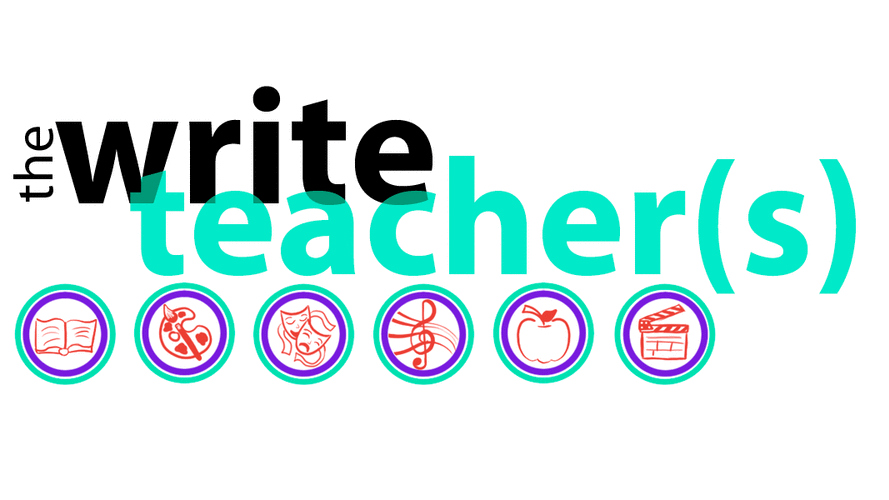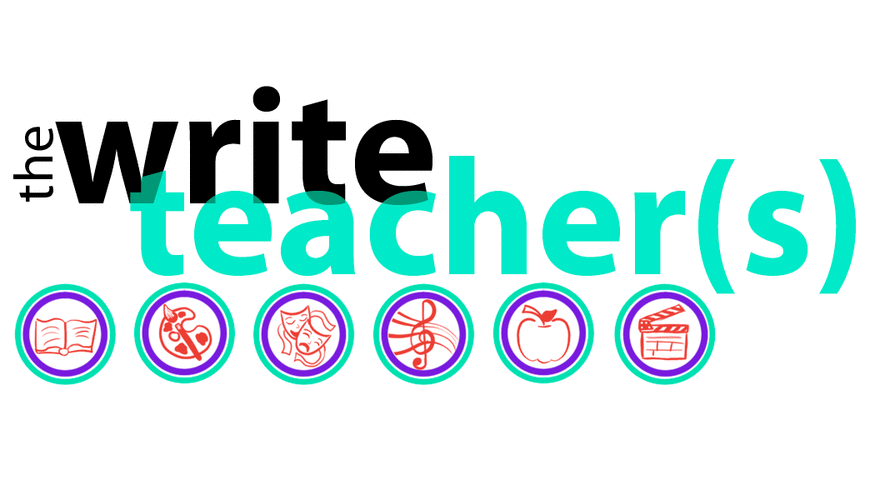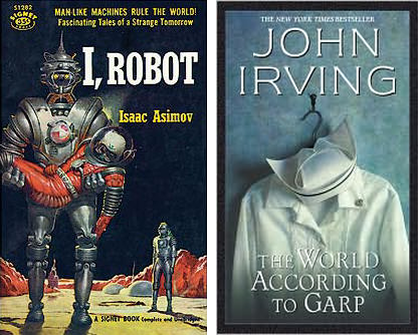Hi Friends!
Conquering the acronym “LGBTQIA” is no small feat. Even those of us most ‘in the know’ can get turned around. What order are the letters supposed to go in again? Did some new letters get added I don’t know about? What do they stand for anyway?
The truth is, people use different acronyms in different orders for our community. I’ve recently updated myself from generally using LGBTQ (Lesbian, Gay, Bisexual, Transgender, Queer/Questioning) to attempting to go the longer route with LGBTQIA (Lesbian, Gay, Bisexual, Transgender, Queer/Questioning, Intersex, Asexual). The reason for this is simple, while lesbians and gays in our country have done a decent job of fighting for equal rights, access to public spaces and respect in the workplace and home, the lesser-acknowledged letters in the acronym are often left out or ignored in the overall fight for recognition and equal treatment.
Today’s post is brought to you by the letter A, which often stands for ‘Asexual.’ According to asexuality.org, an asexual person is a person who does not experience sexual attraction. Unlike celibacy, which is a choice, asexuality is a sexual orientation. Asexual people have the same emotional needs as everybody else and are just as capable of forming intimate relationships.
Even among the LGBTQ community, asexuality isn’t a fully accepted identity. People like sex advice columnist Dan Savage have often attributed asexuality to past trauma or fear. The documentary (A)sexual (which you can watch on Netflix) shows a telling portrayal of the lives of asexual people as they march in a pride parade only to be second-guessed and ridiculed by the other marchers.
Not surprisingly, it is therefore incredibly difficult to find any fictional literature dealing with asexuality. What’s more, it is nearly impossible to find fictional literature that deals with asexuality in a way that actually names it as an identity as opposed to a vague set of character traits. Various asexuality message boards (like those on asexuality.org) offer extensive lists of characters in literature, some mainstream, some not, who are suspected to be asexual. I checked out two of the most frequently cited and more well known books.
The World According to Garp by John Irving
The World According to Garp is a fictional narrative following the life and times of T.S. Garp, the ‘bastard son’ of feminist Jenny Fields. While most of the book follows the character of Garp, his mother, Jenny, actually begins the story and is featured prominently throughout. While never named as explicitly asexual, there are constant illusions to her lack of interest in sex. Garp is conceived in a highly de-sexualized (and somewhat questionable) manner and Jenny never once expresses any attraction, romantic or sexual towards any gender. When the book was published in 1978, the language to describe a person without sexual attraction such as Jenny was rarely used. It wasn’t until the development of the internet that the term asexual and more concrete asexual communities were established. In spite of these things, Jenny is a pretty well put together character. While not likeable per-say (no one is the book really is), her strong sense of logic, blatantly feminist tendencies, her grounded nature and dedicated parenting present her in a bold and benevolent light.
iRobot by Issac Assimov
iRobot is perhaps most well known for the 2004 movie version starring Will Smith. A sci-fi collection of nine short stories, iRobot describes the rise and fall of humans in their relationship with ever-evolving robots. The story is told through the character of Dr. Susan Calvin, a distinguished “Robopsychologist.” Much like The World According to Garp, the word asexuality is never mentioned in association with Dr. Calvin. She’s described as frosty, plain, protected and often compared to a robot in her demeanor. One character says, “She understands robots like a sister- comes from hating human beings so much, I think.” (pg. 7) A representation of an asexual character (if, indeed, this is what she is), Dr. Calvin is a rather unfortunate representation. Her lack of sexual desire doesn’t come from any ingrained identity, but from a general bitterness and anger towards humanity. In fact, I would argue that the character of Dr. Calvin instead seems to most accurately represent the stereotype of a high-powered, exceedingly intelligent woman as perceived in the 1940’s and 50’s. What’s more, a ‘mind reading robot’ at one point in the book reveals a secret crush Dr. Calvin has fostered towards a co-worker. There are many variations on how people experience asexuality, and some do indeed feel romantic (though not sexual) attraction towards other people. The mind-reading robot interacting with Dr. Calvin, does refer to an ambiguous alternative to physical attraction she may experience as an ‘other type of attraction’ that goes rather unexplained. While Dr. Calvin could be seen as someone who might today identify as an asexual person with romantic attraction, it’s also possible she’s simply a regrettable representation of a woman who chooses work over sex as portrayed by a male author.
Clearly these representations (and, from what I can tell) most depictions of what might or might not be asexual characters in fiction need some development. Where are the asexual characters in young adult fiction? In graphic novels? We’ve come a long way from the one-dimensional lesbian and gay characters presented in fiction over the years, and it’s my hope that we can soon expand that diversity to the rest of our wonderfully growing acronym.
Have you read a book with a character who might be asexual? How were they presented? Have you found any representation that actual names the identity as asexuality? Comment below!
Live, Love, Learn,
Maggie &



Deadeye Dick by Kurt Vonnegut
The Bone People by Keri Hulme
The Northern Clemency by Philip Hensher